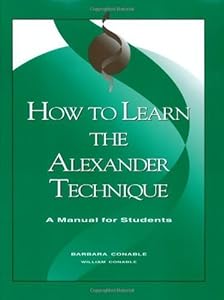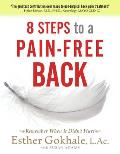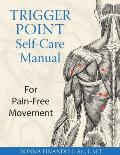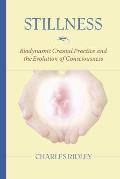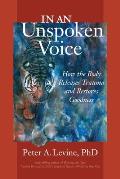Subtitle: A Manual for Students
Recommended to me by: reading Conable’s previous book, What Every Musician Needs to Know About the Body
This book is less playful and more dense than What Every Musician Needs to Know About the Body, but it is not at all the dry instruction manual I thought it would be. It is full of lucid explanations about how the body really works, along with common errors in how we map our bodies. I think the subtitle should be, “A Manual for Humans.” I long for the freedom of movement and buoyant support she claims is possible for everyone.
There is a section titled “If You Have Suffered Abuse or Violence” which is sensitive, compassionate, and accurate (like the rest of the book).
“Persons who are healing learn to become very skillful inhibitors [an important Alexander Technique concept], not in the sense that they do nothing, but in the sense that they say no to habituated self destruction and wait for the more constructive response that was blocked by the habitual.”
I keep saying that the Alexander teachers I’ve tried don’t acknowledge the work I’ve already done, and I think this is why. Years of practice in stopping and waiting.
Some insights:
- The weight-bearing part of the spine is inside the body, deep to the knobs we feel along our backs.
- The pelvis is the lower part of the upper body, part of the torso. There is no internal anatomical structure at the waist.
- The top of the sacrum transfers the weight of the upper body to the pelvis. The rest of the triangular sacrum and tailbone float free of weight.
- Flexibility can be increased by putting all the joints gently through their range of motion once a day. The whole routine takes 5 minutes.
- Give yourself permission to be a “flapdoodle” at night – to move freely in your sleep like a child.
Here is a brief interview with Barbara Conable with a pointed comment about “inhibiting” at the end.
Here’s her page at bodymap.org.
Highly, highly recommended for all humans with an interest in how to move comfortably and well.

